Plant Life Cycle Worksheet
The plant life cycle is a fascinating process that helps us understand how plants grow and reproduce. If you're looking for a worksheet to teach your students about this important topic, we have just the thing for you. Our plant life cycle worksheet is designed to engage learners and reinforce their understanding of the subject.
Table of Images 👆
- Plant Life Cycle Worksheet Kindergarten
- Plant Life Cycle Seed Worksheet
- Plant Life Cycle Printable
- Plant Life Cycle Book
- Flowering Plant Life Cycle Worksheet
- Plant Life Cycle Cut and Paste
- Plant Life Cycle Sequence Worksheet
- Plant Life Cycle Activities Worksheets
- Plant Life Cycle Worksheet 3rd Grade
- Plant Life Cycle Booklet
- Growing Plants Worksheet
More Other Worksheets
Kindergarten Worksheet My RoomSpanish Verb Worksheets
Cooking Vocabulary Worksheet
DNA Code Worksheet
Meiosis Worksheet Answer Key
Art Handouts and Worksheets
7 Elements of Art Worksheets
All Amendment Worksheet
Symmetry Art Worksheets
Daily Meal Planning Worksheet
What is a plant life cycle?
A plant life cycle refers to the sequence of developmental stages that a plant goes through from germination to reproduction, and ultimately death. This cycle typically includes stages such as seed germination, seedling growth, vegetative growth, flowering, pollination, fertilization, seed production, and senescence. The life cycle of a plant is crucial for its survival, as it allows for reproduction and the continuation of the species.
What are the different stages of a plant life cycle?
The stages of a plant life cycle are seed germination, seedling growth, maturation, flowering, pollination, fertilization, seed development, and seed dispersal. These stages represent the journey of a plant from a seed to a mature plant capable of producing new seeds, completing the cycle of life.
What is germination?
Germination is the process by which a plant seed or spore begins to sprout and grow into a seedling or plant. It involves the activation of the seed's embryo through the absorption of water, leading to the emergence of the root and shoot system that will eventually develop into a mature plant. This process is essential for plant reproduction and propagation in the natural world.
How does a seedling differ from a mature plant?
A seedling is a young plant that has just sprouted from a seed and is in the early stages of growth, typically characterized by its small size, delicate stem, and underdeveloped roots. In contrast, a mature plant is fully developed and has reached its full size, displaying a well-established root system, sturdy stem, and the ability to produce flowers, fruits, or seeds. The main differences between a seedling and a mature plant lie in their stage of growth, size, and developmental characteristics.
What is pollination and what role does it play in the plant life cycle?
Pollination is the process of transferring pollen grains from the male reproductive part of a plant to the female reproductive part, allowing for fertilization and seed production. This crucial step in the plant life cycle ensures genetic diversity and the continuation of plant species. It is often carried out by pollinators such as bees, butterflies, birds, and wind. Pollination is essential for the production of fruits, vegetables, and seeds, making it a key aspect of both plant reproduction and the ecosystem.
Explain the process of fertilization in plants.
Fertilization in plants occurs when a pollen grain from a male reproductive structure (anther) lands on the stigma of a female reproductive structure (pistil) on the same plant or a different plant of the same species. The pollen then germinates and forms a pollen tube, which grows down through the stigma and style to reach the ovary. Once the pollen tube reaches the ovary, it releases two sperm cells into the ovule. One sperm cell fertilizes the egg cell to form a zygote, which will develop into a new plant, while the other sperm cell fertilizes two polar nuclei to form endosperm, which provides nutrients for the developing embryo. This process leads to the formation of a seed, which will grow into a new plant.
What happens during the flowering stage of a plant's life cycle?
During the flowering stage of a plant's life cycle, the plant produces flowers as a means of reproduction. The flowers contain reproductive organs that allow for pollination and fertilization to occur. This stage is crucial for the plant's reproduction, as it enables the production of seeds for the next generation. Additionally, the flowering stage often signals the transition from vegetative growth to reproductive growth, leading to changes in the plant's physiology and metabolism to support flower and seed development.
How do fruits and seeds form?
Fruits and seeds form through a process called pollination, where pollen from a male part of a flower lands on a female part, leading to fertilization. Once fertilization occurs, the ovary of the flower develops into a fruit, which surrounds and protects the developing seeds. The seeds contain the genetic information needed for a new plant to grow when they are dispersed and germinate under suitable conditions. This process ensures the continuation of plant species through the production of fruits and seeds.
Describe the process of seed dispersal in plants.
Seed dispersal in plants is the process by which seeds are spread from the parent plant to surrounding areas to ensure their chances of germination and growth. This can occur through various mechanisms such as wind dispersal, where seeds are carried by the wind; animal dispersal, where seeds are ingested and spread through the animal's droppings; water dispersal, where seeds float on water bodies to new locations; and explosive dispersal, where seeds are forcibly ejected from the parent plant. By dispersing seeds, plants increase their chances of survival and propagation in diverse environments.
How do plants start the life cycle all over again?
Plants start their life cycle all over again through the process of reproduction. They produce seeds through pollination and fertilization, which then germinate and grow into new plants. This cycle allows plants to continue propagating and ensuring the survival of their species.
Have something to share?
Who is Worksheeto?
At Worksheeto, we are committed to delivering an extensive and varied portfolio of superior quality worksheets, designed to address the educational demands of students, educators, and parents.

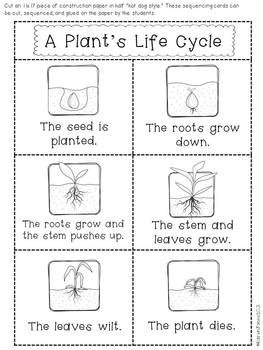



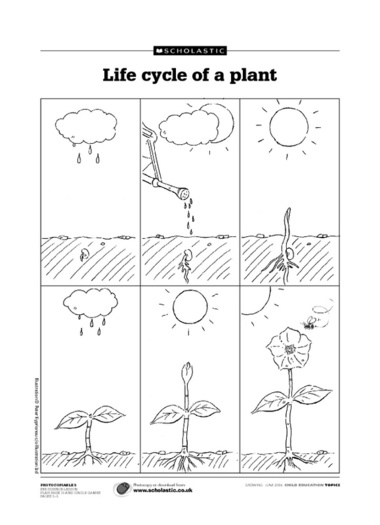
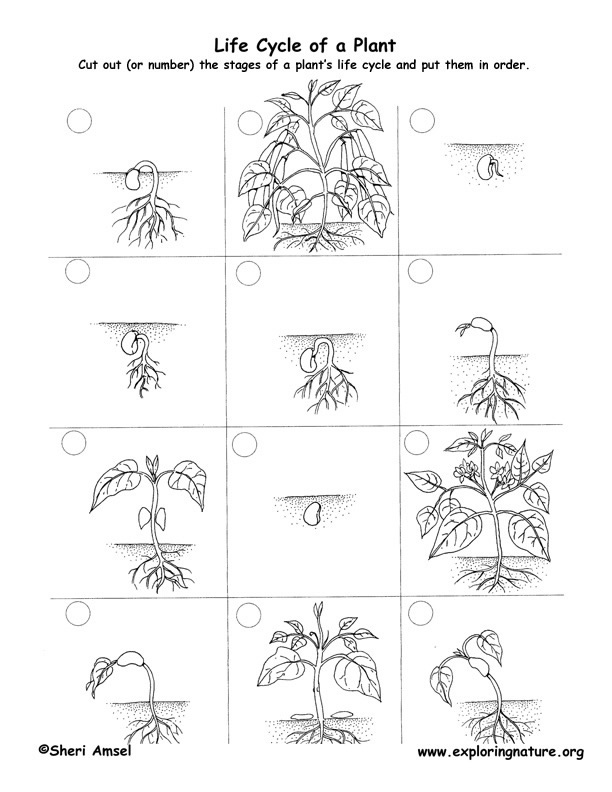
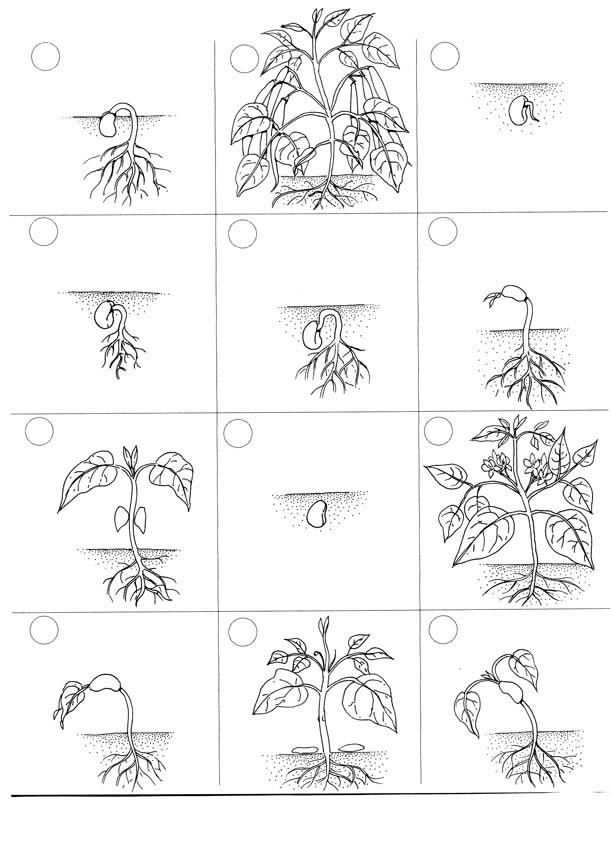
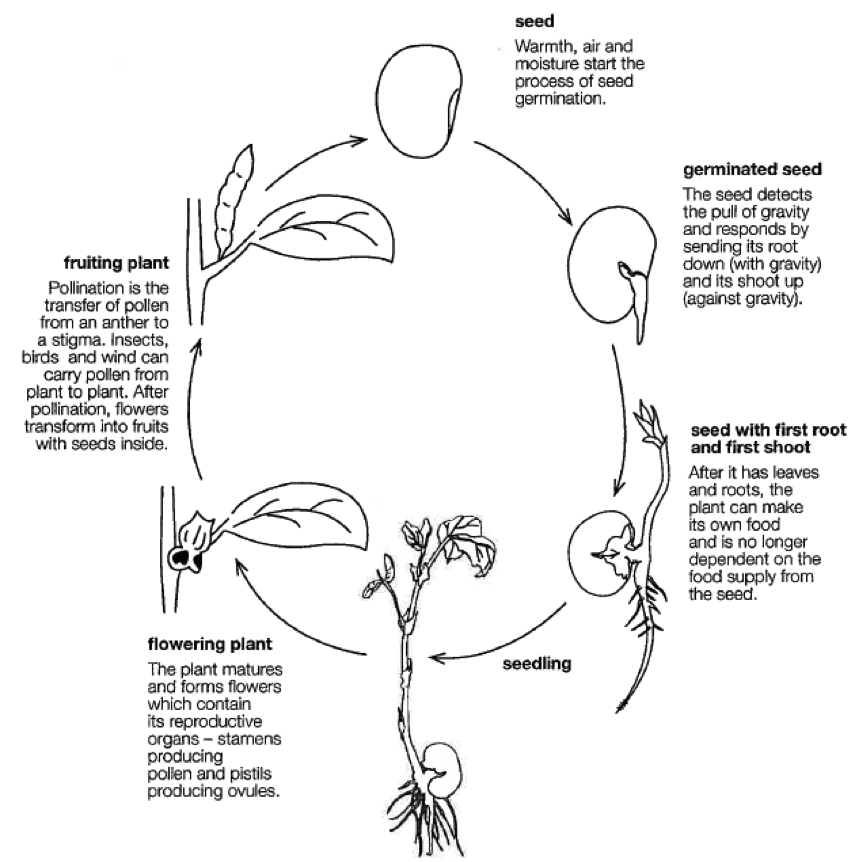
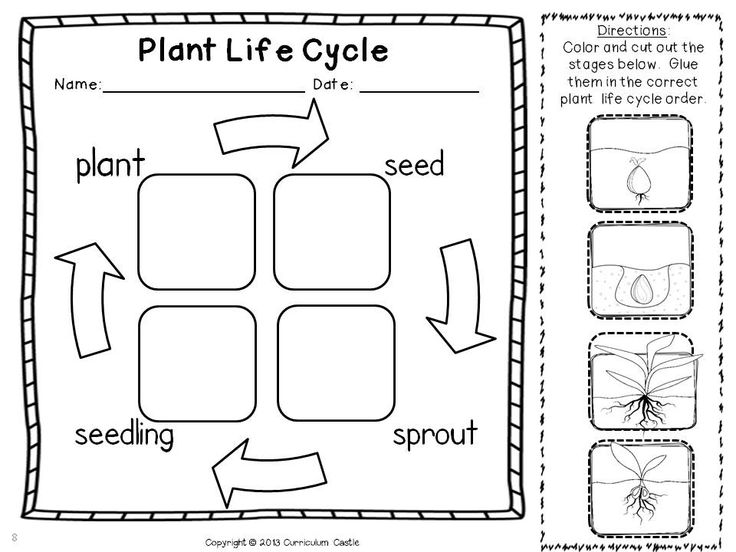
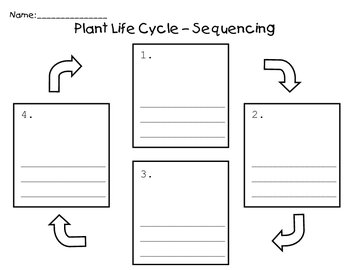
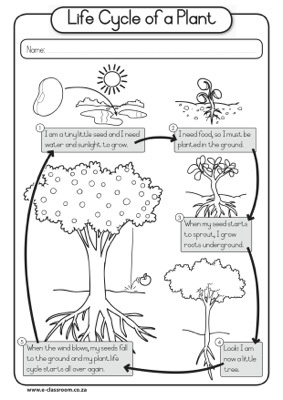
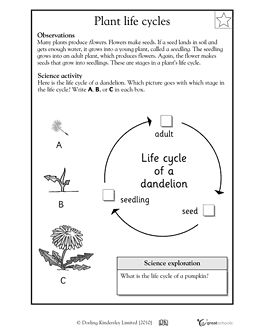
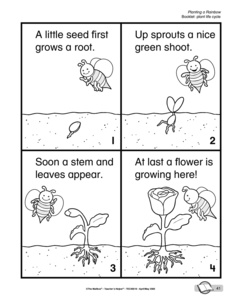
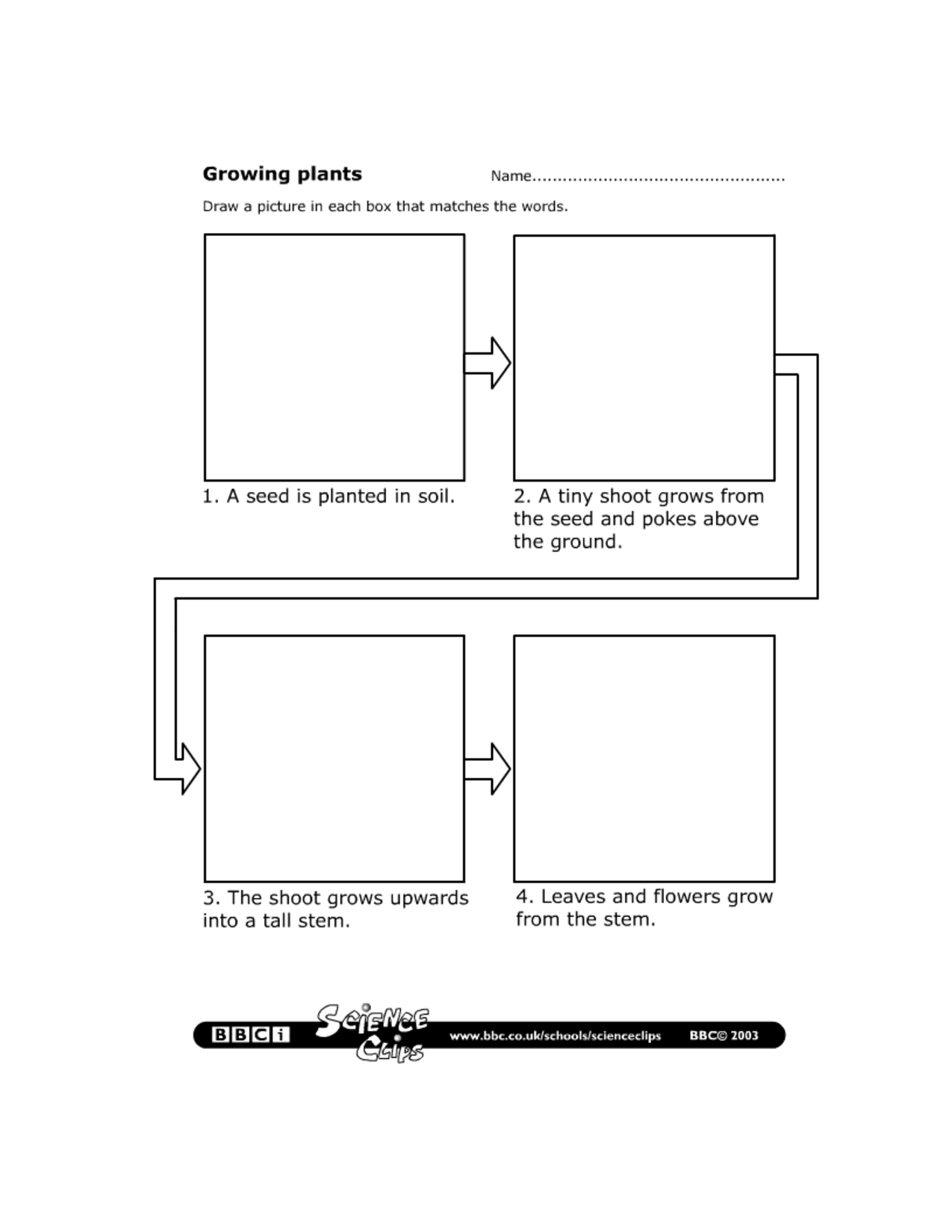














Comments